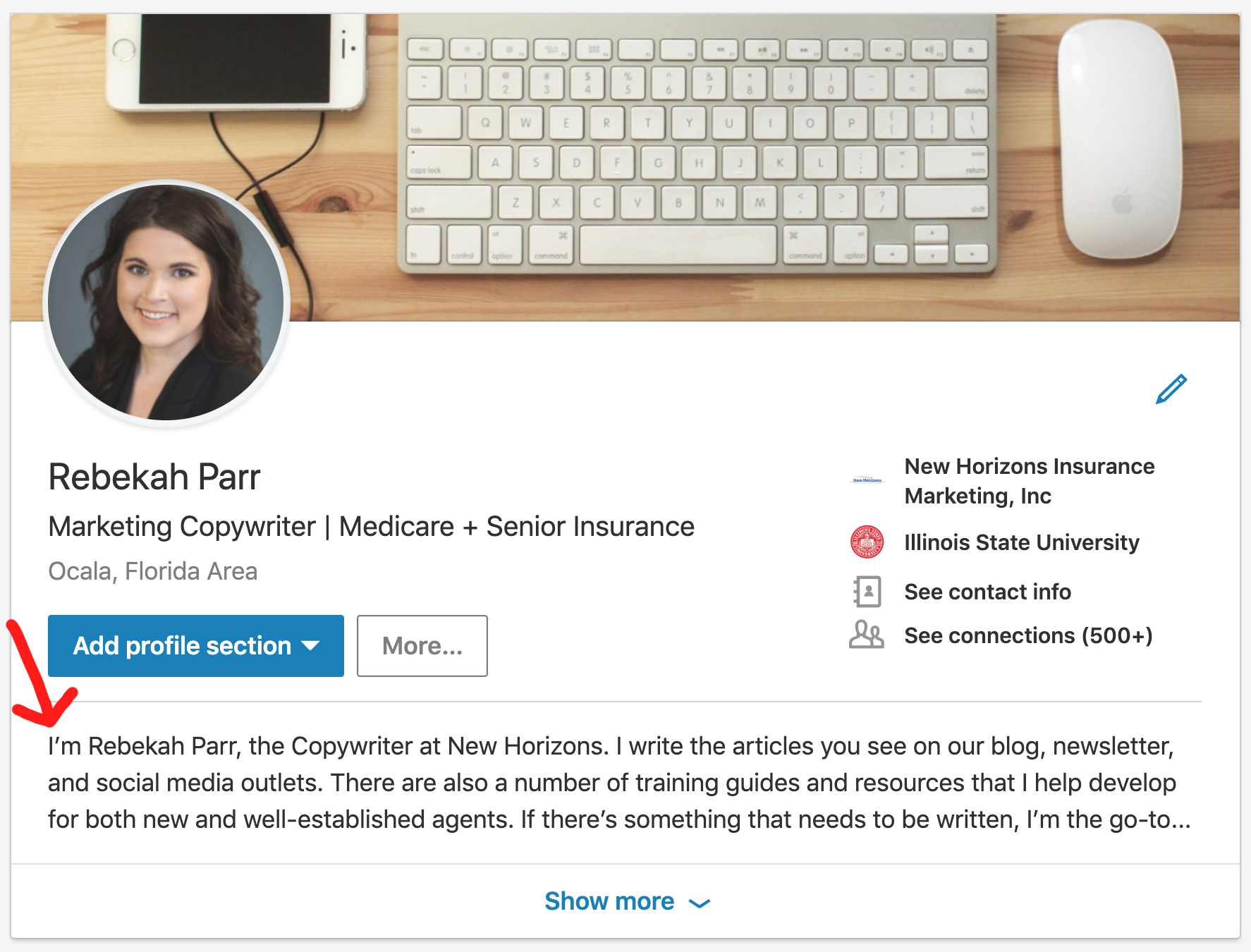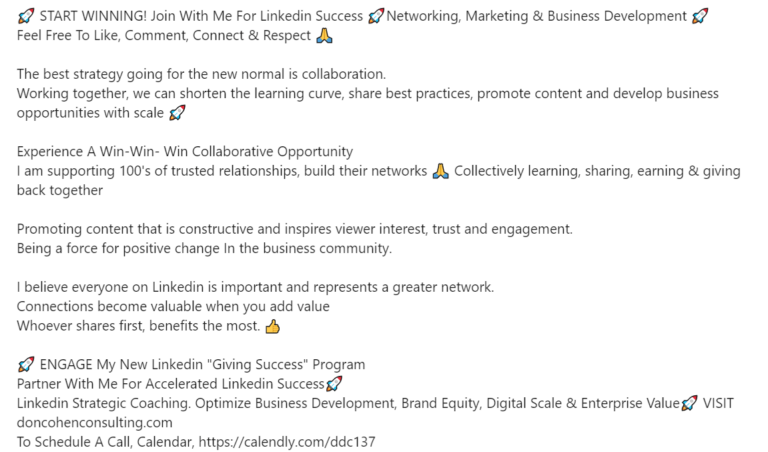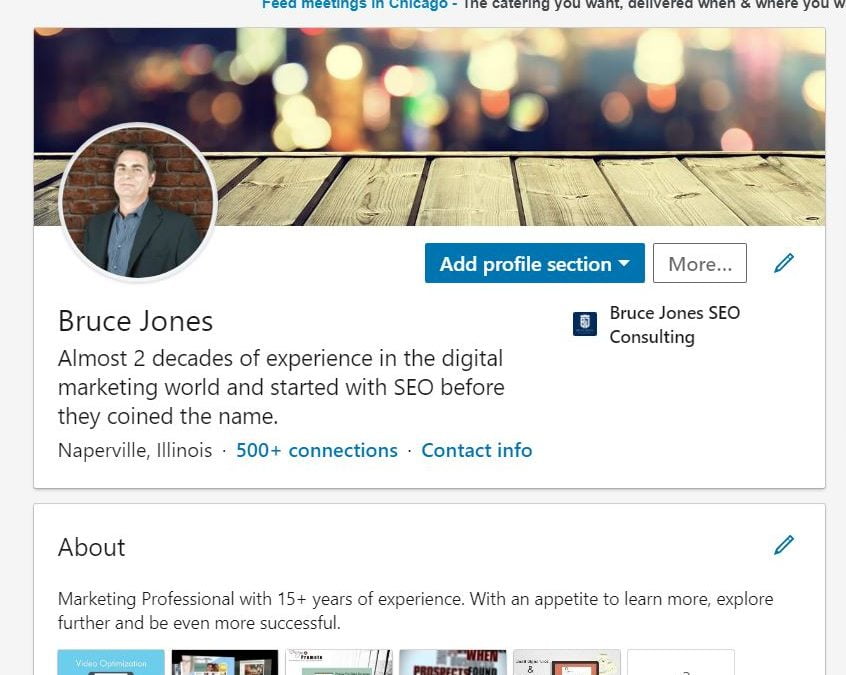

Here are a few examples for opening your LinkedIn summary that have worked for my lawyer clients in landing job interviews: Why would you allow your resume to be in the hands of 700 million sets of eyes, and potentially plagiarized? Your resume is a proprietary document that is intended for a hand-selected audience, one that you curate, whereas your LinkedIn profile is viewable by more than 700 million users. Bios are also boring to read, they lack flair, and they often lose a reader’s attention quickly.ĭumping your resume into your LinkedIn summary is also a big no-no. Typically, website bios are written without a focus on SEO (search engine optimization), and therefore, lack a strategic focus on the keywords commonly seen in job postings and searched for on LinkedIn. Copying and pasting your law firm’s bio or your executive bio from the company’s website will not get you the right visibility. Your LinkedIn summary should be written in a first-person, conversational style format that enables you to create a personal connection with the people who land on your profile. LexisNexis Brief Analysis produces powerful, near-instant legal argumentation insights using the power of AI. As a certified LinkedIn profile writer and career expert (who writes dozens of LinkedIn profiles a month for partner-level lawyers and general counsels), I want you to know there is an actual strategy and art to writing an effective LinkedIn summary to generate job-seeking attention and interviews.
#LINKEDIN SUMMARY PROFESSIONAL#
Quite often, they dump the professional summary of their resume or their law firm bio into their profile and think they’ve done enough to give a proper overview of their career.

Most lawyers and corporate counsels fall short of having a powerful LinkedIn summary. The “about” section, also known as your LinkedIn summary, gives you enormous visibility and the opportunity to share your career story.

After all, your LinkedIn profile is the gateway to getting seen and noticed by company CEOs, general counsels, legal recruiters, managing partners at law firms, and business contacts. If you’re job searching for a new legal role, or looking to transition your legal career, updating your LinkedIn profile is a priority.


 0 kommentar(er)
0 kommentar(er)
